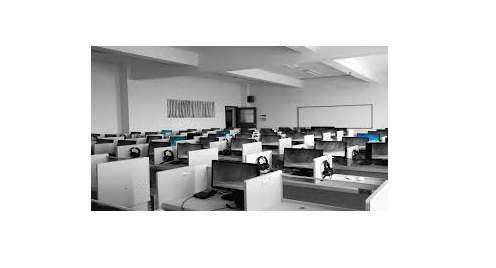|
Preventing Occupational Illness through Efficient Workplace Design
Workplace design refers to the process of designing and organizing a workplace to optimize worker performance and safety. It is a key health and safety issue for workers in both high-risk and low-risk work environments such as construction sites and also offices. In industrial areas workplaces must be designed to ensure workers can perform daily routines efficiently and at the same time also conduct emergency safety procedures. In offices, employers need to focus on designing ambiences that improve employee wellness by optimizing conditions such as air quality, lighting, ergonomics and hygiene.
Workplace design principles involve efforts to optimize the safety and health conditions of regular work activities through measures such as ergonomic seating and temperature control, as well as efforts to protect workers in high-risk industries through measures like designing safe navigation routes through construction sites. Some workplaces use detailed aesthetic designs to reduce worker stress. These might involve the use of plants to improve mood, the use of specific types of lighting, and the use of alterations to make a space “feel” less crowded.
Workplace design involves the implementation of engineering and administrative controls designed to make work processes safer for high-risk industries. Industrial design principles can involve a variety of different safety-focused practices, such as designing a work floor so that workers have enough space to move around dangerous equipment or by ensuring that safety equipment is easily accessible.
According to the National Institute for Occupational Safety and Health (NIOSH), the use of design-driven concepts has been documented as the most effective and reliable method of preventing occupational harm or illness. NIOSH promotes occupational health and safety through a workplace design framework called “Prevention through Design” (PtD). The PtD program focuses on preventing workplace safety incidents through the design and redesign of the tools, equipment, structures, and processes that are used in the workplace.
Ergonomics, which aims to make a task suitable for the individual, rather than the other way round, has become the latest buzzword of this generation’s workplace. Ergonomics is defined as the science that fits workplace conditions and job demands to their working populace’s capabilities. In general, the human factor of ergonomics at a workplace aims at dynamic work structure, optimization of work surface heights and adequate training of employees as per the nature of their role.
Designing comfortable workplaces
The principle of ergonomics in a workplace follows that each workstation must be considered as a whole rather than in isolation while selecting the furniture and equipment for the employees. The tasks to be performed by the employees, the equipment required for the job, as well as the dimension of the team, have to be kept in mind while designing a comfortable workplace. The employer needs to make critical decisions regarding the type of desks, chairs, footrests, monitor arms and wrist rests.
In a factory setting – where operators are handling various types of equipment – the workplace design must feature raised platforms. These help the operators reach the various controls easily. Manual roller sections or lifting aids help avoid muscle strains while lifting heavy equipment. A well-designed factory workplace is one where all the parts required by an operator are within short distances.
Most current generation workplaces involve computer-based jobs. Therefore, irrespective of whether your employees use laptops or desktops, there are certain common aspects to consider. The screen height should be placed slightly below or slightly above the eye height of the user, regardless of whether they are sitting or standing. An upward tilt of the computer screen is ideal to provide optimum viewing. A wrist rest will prevent awkward wrist positioning while using the mouse as well as the keyboard. While this may seem similar to designing computer-based workstations, the focus here should be on the seating of the employees. Desks should have enough space for stretching and flexing legs, knees and thighs. The seats for employees should extend adequate back support. For optimum lighting, the brightest light source should be provided from the side rather than overhead fluorescent lamps
Benefits of Ergonomics in Workplace
Employees work best when they feel comfortable and safe in their workplace. They are the able to focus on the work at hand rather than worry about the surroundings. Such a workplace also increases the productivity of the workers as well as the quality of the work through less mental and physical exertion.
Economically, an ergonomic workplace reduces the expenditure of the company in treating work-related injuries, occupational hazards, as well as resultant absenteeism. Employee engagement also increases when the employer or organization conveys through these gestures that health and safety of their workers is a top priority.
|



